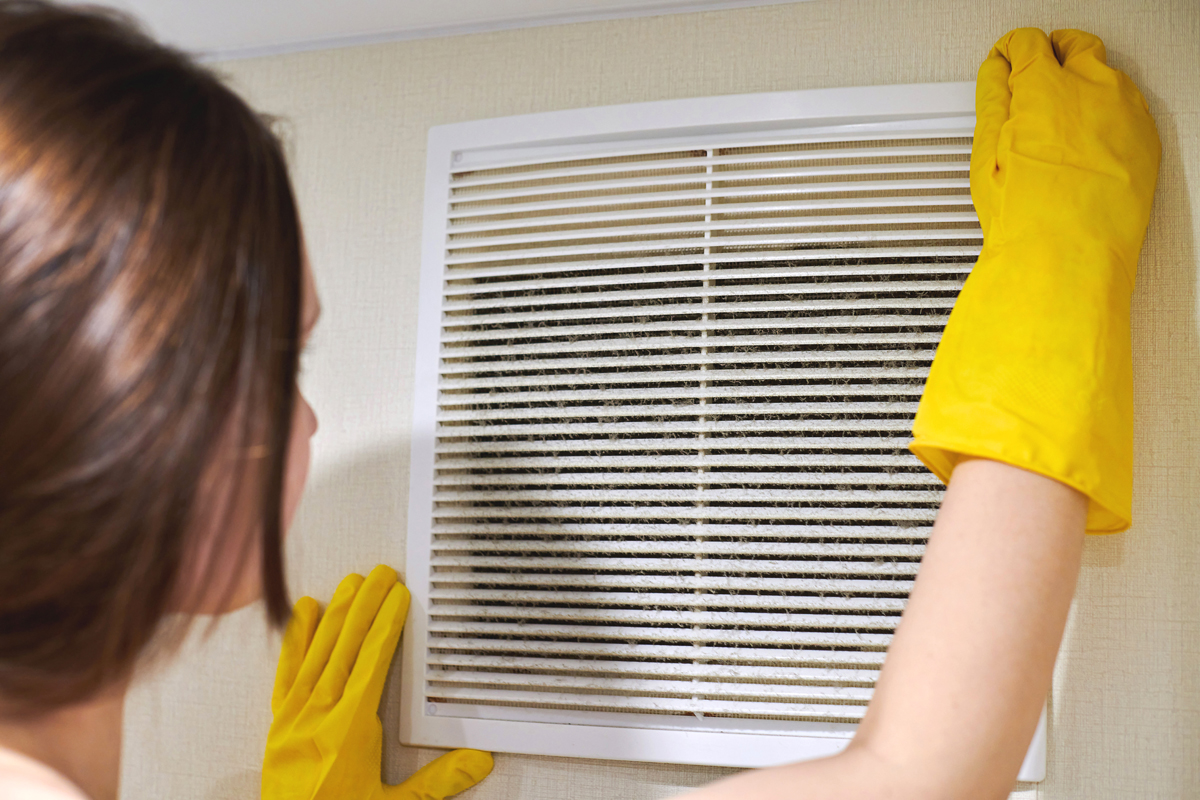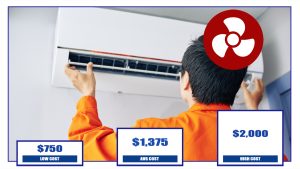
Air balancing is an important piece of keeping your forced-air system working properly at all times. The majority of homeowners probably believe that their HVAC system uniformly blankets their whole home with warm or cool air, but this is not the case.
All forced-air systems like heat pump, furnace, or central AC have multiple controls and elements. Whenever these elements get out of alignment, your energy bills will start to climb. Air balancing can solve all these issues.
What Is Air Balancing?
Air balancing is essentially adjusting your HVAC system to enable every room in your house to receive the proper amount of air, whether warm or cool. Each and every residential HVAC system needs to be balanced when installed. The system will still need some adjusting from time to time.
Ideally, if you set the thermostat to 70 F, then every room in your house should be either warmed or cooled to this temperature. Unfortunately, this is sometimes not the case. Select homeowners may discover that getting both floors to the proper temperature proves difficult. Some individual rooms may never match the temperature reached throughout the rest of the house.
When Should You Balance Your HVAC System?
How will a homeowner know when the system needs to be balanced? For starters, a properly balanced HVA system creates a pleasant environment for all family members in every room.
Here a few easy signs that the system should be balanced:
- Persistent hot or cold spots found in certain rooms.
- Heating or cooling bills increase suddenly.
- Temperature changes between floors.
- Some vents struggle to feed air all the way through.
How To Balance Your HVAC System
Basic air balancing needs include adjusting dampers in individual rooms and on your HVAC system duct lines.
Use this quick guide to balance air in individual rooms:
- The majority of home supply vents will feature a small meter level directing one or more metal diverter fins.
- Close the diverter to limit the air flowing into the room.
- This will force more air into other areas of the home.
Follow these steps to adjust dampers on duct lines:
- One or more ducts may feature a damper depending on how the system was installed.
- These dampers are controlled by levers on the outside of the duct, ultimately opening and closing a metal disc.
- Turn the lever until the disc is flat.
- This will allow maximum airflow to the room supplied by said line.
- Turning the disc upright will block the entire airflow to the room.
DIY Vs Professional HVAC Balance
Some homeowners may be wondering if their HVAC system balancing can be done without professional help. While adjusting the dampers is pretty straightforward, a robust series of tests that follow will call for professional work. Air balancing performed by the pros will ultimately involve an examination of the whole system, with measurements and tests done to determine how to optimize the air balance within one’s home.
There are usually two types of air balancing tasks done by the pros. One is called a comfort balance, which is close to a DIY balancing with attention to the blower fan. A more involved approach will come with a full air diagnostic and balance. Some pros may offer National Comfort Institute (NCI) balancing services.
How Much Does An HVAC Balance Cost?
The average professional will charge between $75-$100 per opening. The total cost to diagnose the balance of a single-family home can climb up to $2,000.
Here is a quick breakdown of professional air balancing costs:
- Lowest Cost: $750.
- Average Cost: $1,375.
- Highest Cost: $2,000.

Cascade Mechanical HVAC Services In Tempe, AZ
Need commercial AC repair in Phoenix Arizona? Call Cascade Mechanical, Inc. at 602-233-3265. We offer complete commercial HVAC services like chiller tube repair cooling towers, and heat exchangers to Scottsdale, Phoenix, Mesa, Gilbert, Chandler Arizona and more!





